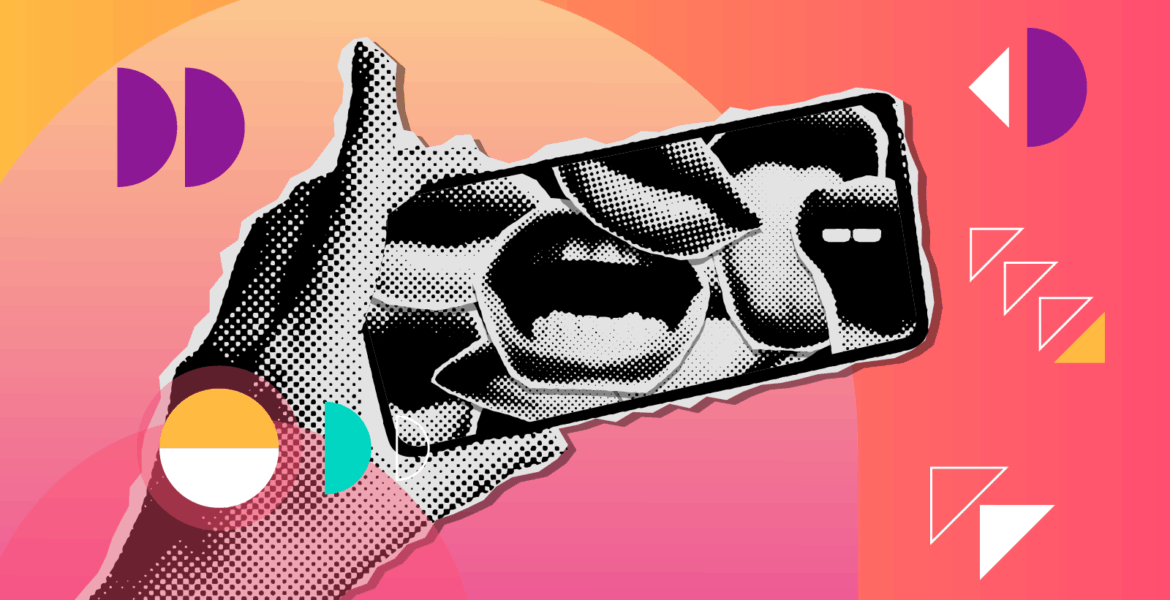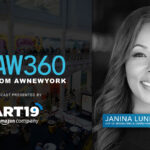By Nick Cerami, SPCSHP
Entering the Unhinged and Unfiltered Branding Era
Gen Z and younger Millennials see through traditional marketing, which has lost its appeal. They’re exhausted from corporate fluff and crave brands that get real and in tune with internet culture. Today’s most effective brands aren’t the ones with the cleanest aesthetics or perfectly curated campaigns—they’re the ones embracing chaos.
From Duolingo’s unfiltered TikTok persona to Wendy’s savage Twitter banter, brands breaking the mold with spontaneity, meme culture, and humor are winning. Consumers don’t want perfection anymore. They want brands that can laugh at themselves, take risks, and get a little unfiltered.
The Rise of Chaotic Marketing
Remember when Instagram was all about the perfect aesthetic? That era is over. Blurry, offbeat, and spontaneous posts now dominate, making overpolished looks feel stiff and out of touch. The rise of TikTok ushered in this shift. Unlike Instagram’s perfection culture, TikTok thrives on raw, unfiltered content. Brands like Duolingo and Liquid Death succeed by ditching traditional marketing norms for chaotic, unexpected content that feels native to the platform.
Successful “unhinged” brands capitalize on humor, chaos, and self-awareness. The recent “death” of the Duolingo mascot blurred the line between brand marketing and internet fodder. Other brands like Hootsuite hopped on the bandwagon, building engagement by responding to the Duolingo mascot’s death on TikTok. Meanwhile, other companies continue to flip traditional branding on its head beyond specific marketing moments. Think of Liquid death, which sparks curiosity through its unexpected packaging. These brands react in real-time, embrace internet culture, and throw out the rulebook — earning engagement, loyalty, and virality.
The Challenge to Keep Up
For agencies, this shift presents a challenge. Traditional marketing relies on brand control, content calendars, and preplanned messaging. Unhinged branding thrives on agility, spontaneity, and real-time reactions—challenging agency (and legal) workflows.
Agencies and brands are built around strategy and planning, but the most successful unhinged brands adapt to trends, memes, and internet discourse as they happen. This reality creates a natural conflict: how can they balance creative freedom with safety and appropriateness. Brands need to evaluate if an opportunity makes sense to harness and keep guardrails in place around what they stand for – and what to not hop on.
Rethinking Brand Strategies for the Unhinged Era
To stay competitive, brands must redefine their approach. Unhinged branding isn’t about throwing strategy out the window—it’s about integrating flexibility.
Rather than mapping out content months in advance, reactive content should adapt in real-time. Agile workflows must allow for quick turnarounds on viral content, while flexible guardrails enable improvisation within brand guidelines.
The internet moves fast. Brands diving into unhinged marketing must take risks while monitoring trends and cultural shifts. Working with those fluent in meme culture and digital humor ensures brands engage in internet discourse authentically. The Duolingo mascot’s “death” was months in the making, but it grabbed attention by executing a strategy no one saw coming—and no one stopped talking about (love it or hate it).
The Future Where Structure Meets Chaos
The rise of unhinged branding isn’t just a passing trend; it’s reshaping how consumers connect with brands. The real question isn’t whether brands should embrace unhinged marketing. It’s how far they’re willing to go. Agencies and brands that master the balance between structure and chaos have the most power to get the internet buzzing.




